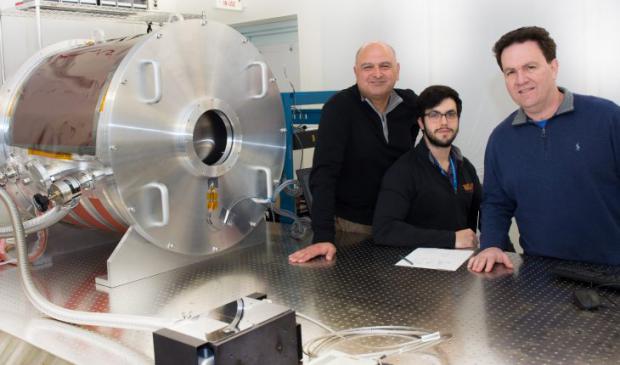
Breaking News
 In my new documentary, Never in America, we pull back the curtain on one of the darkest corners...
In my new documentary, Never in America, we pull back the curtain on one of the darkest corners...
 I just watched what they did to the King family in Washington, and I couldn't stop thinking:
I just watched what they did to the King family in Washington, and I couldn't stop thinking:
 The Superfood They Turned Into a Weed: Why Is It Illegal to Grow This?
The Superfood They Turned Into a Weed: Why Is It Illegal to Grow This?
 Rep. Marjorie Taylor Greene details ''death threats directly fueled by President Trump'
Rep. Marjorie Taylor Greene details ''death threats directly fueled by President Trump'
Top Tech News
 Build a Greenhouse HEATER that Lasts 10-15 DAYS!
Build a Greenhouse HEATER that Lasts 10-15 DAYS!
 Look at the genius idea he came up with using this tank that nobody wanted
Look at the genius idea he came up with using this tank that nobody wanted
 Latest Comet 3I Atlas Anomolies Like the Impossible 600,000 Mile Long Sunward Tail
Latest Comet 3I Atlas Anomolies Like the Impossible 600,000 Mile Long Sunward Tail
 Tesla Just Opened Its Biggest Supercharger Station Ever--And It's Powered By Solar And Batteries
Tesla Just Opened Its Biggest Supercharger Station Ever--And It's Powered By Solar And Batteries
 Your body already knows how to regrow limbs. We just haven't figured out how to turn it on yet.
Your body already knows how to regrow limbs. We just haven't figured out how to turn it on yet.
 We've wiretapped the gut-brain hotline to decode signals driving disease
We've wiretapped the gut-brain hotline to decode signals driving disease
 3D-printable concrete alternative hardens in three days, not four weeks
3D-printable concrete alternative hardens in three days, not four weeks
 Could satellite-beaming planes and airships make SpaceX's Starlink obsolete?
Could satellite-beaming planes and airships make SpaceX's Starlink obsolete?
Measuring space telescope distortion to one-tenth the size of a hydrogen atom will enable...

Babak Saif and Lee Feinberg at NASA's Goddard Space Flight Center in Greenbelt, Maryland, have shown for the first time that they can dynamically detect subatomic- or picometer-sized distortions — changes that are far smaller than an atom — across a five-foot segmented telescope mirror and its support structure. Collaborating with Perry Greenfield at the Space Telescope Science Institute in Baltimore, the team now plans to use a next-generation tool and thermal test chamber to further refine their measurements.
Above – Goddard optics experts Babak Saif (left) and Lee Feinberg (right), with help from engineer Eli Griff-McMahon an employee of Genesis, have created an Ultra-Stable Thermal Vacuum system that they will use to make picometer-level measurements.
Credits: NASA/W. Hrybyk
The measurement feat is good news to scientists studying future missions for finding and characterizing extrasolar Earth-like planets that potentially could support life.

 First totally synthetic human brain model has been realized
First totally synthetic human brain model has been realized Mach-23 potato gun to shoot satellites into space
Mach-23 potato gun to shoot satellites into space

